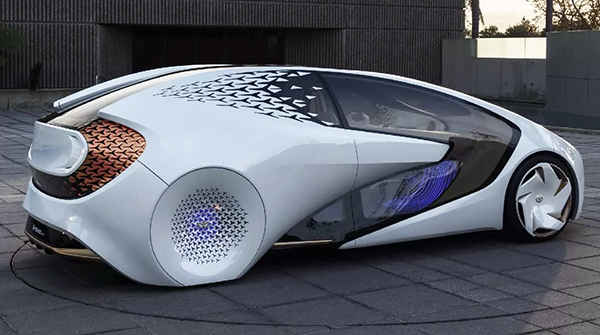What is the most common car color today?
- White
- Black
- Gray/Silver
- Blue
- Red
Why This Is the Right Answer

The most common car color today varies depending on geographical region and specific data sources. However, white consistently ranks as the most popular color globally, followed by black, gray/silver, blue, and red.
The popularity of each color can be attributed to several factors:
- White:
Popularity and Visibility: White cars are often preferred for their clean, modern look and high visibility on the road, enhancing safety.
Climate Considerations: In warmer climates, white cars are chosen because they reflect heat better than darker colors, keeping interiors cooler.
Resale Value: White cars tend to have better resale value as they appeal to a wider audience and don’t show minor scratches as prominently as darker colors.
Customization Options: White is versatile and can be easily customized with different finishes and accents.
- Black:
Luxury and Elegance: Black cars are frequently linked with luxury and sophistication, which makes them a favored option for high-end and executive vehicles.
Perception of Quality: Black can convey a sense of quality and exclusivity, appealing to consumers looking for a premium appearance.
Market Trends: In certain markets, black is preferred for its timeless and classic look.
- Gray/Silver:
Modern and Sleek: Gray and silver are seen as modern and sleek, often associated with advanced technology and innovation.
Maintenance: These colors are practical as they hide dirt and minor scratches well, making them easier to maintain.
Wide Appeal: They have broad appeal across different demographics and regions, contributing to their popularity.
- Blue:
Calm and Trustworthy: Blue is often perceived as a calm and trustworthy color, making it a popular choice for family cars and sedans.
Variety: Blue offers a wide range of shades, from light to dark, providing consumers with more options to express their personal style.
Aesthetic Appeal: It is often chosen for its aesthetic appeal and the sense of stability it conveys.
- Red:
Sporty and Energetic: Red is often associated with sportiness and energy, making it a popular choice for sports cars and performance vehicles.
Attention-Grabbing: It is an attention-grabbing color, appealing to those who want their cars to stand out.
Passion and Excitement: Red conveys passion and excitement, often chosen by those who want their vehicles to reflect these traits.
Interesting Facts About This


- Cultural Influence:
In many cultures, white symbolizes purity, cleanliness, and modernity, influencing car color preferences.
- Historical Shifts:
The popularity of car colors has shifted over time; for example, in the 1990s, silver was highly favored globally.
- Regional Variations:
While white dominates globally, preferences can vary significantly by region. For instance, black is more popular in luxury segments in certain markets.
- Psychological Impact:
Car color can affect perceptions of the driver’s personality and style, influencing purchase decisions.
- Technological Advancements:
Advances in paint technology have led to new finishes and effects, example: pearlescent and metallic, enhancing the appeal of various colors.
- Environmental Considerations:
Some car colors are chosen based on their environmental impact, with lighter colors being more energy-efficient in terms of cooling.
Recent News and Trends


Electric Vehicles (EVs):
The rise of electric vehicles has influenced car color trends, with manufacturers often opting for futuristic colors and finishes to emphasize the advanced technology of EVs.
Sustainability:
There is a growing trend towards sustainable and eco-friendly car paints, including water-based and low-VOC (volatile organic compounds) options, impacting color choices.
Consumer Preferences:
Recent surveys indicate a shift towards more unique and personalized colors, as consumers seek to differentiate their vehicles in a crowded market.
Automotive Shows:
Major automotive shows often highlight the latest color trends and innovations, influencing consumer preferences and industry standards.
While white currently holds the top spot as the most common car color worldwide, preferences can be influenced by various cultural, environmental, and aesthetic factors. The popularity of each color has its own set of reasons, from practicality and safety to luxury and personal expression.
Understanding these trends helps manufacturers and consumers alike make informed decisions about car color choices, ensuring that vehicles meet both functional and stylistic needs.












